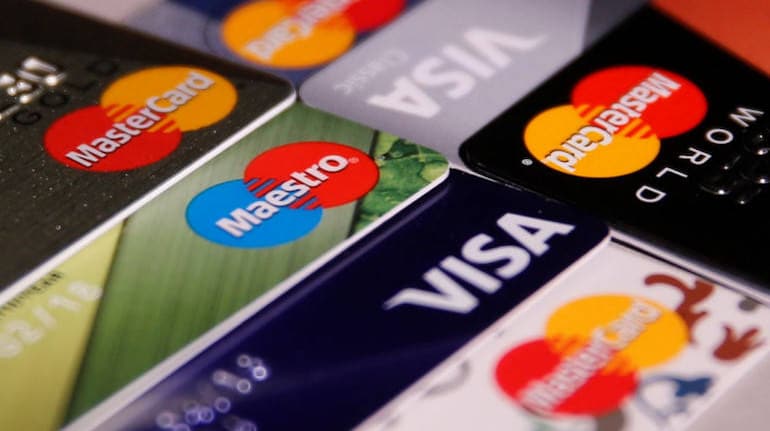



Debit cards are one of the most popular instruments these days for cashless transaction. You can use the cards at both retails and online stores for any transaction. You can also use the same card to withdraw money from the ATM. But are there any disadvantages of using a debit card? Here’s what you should know.
Debit card can be easily obtained: When you open a savings or current account, most banks issue a free debit card. Make sure that you fill in the necessary documentation to receive your debit card.
Very convenient to use: One of the advantages of a debit card is that it can be swiped for transactions as well as withdrawal of cash from ATMs.
No more debts: When you have a credit card, you are more likely to make impulsive purchases. But a debit card keeps you in check as it is linked to your bank account. You are only able to spend the amount that is in your account. You don’t have to worry about the mounting credit card bills anymore.
Easily accepted: Debit cards are accepted widely all over India and at international destinations. Make sure to authorise international transactions by simply calling your bank. These debit cards can be used for cash withdrawal at international ATMs too. So you don’t have to carry cash with you when you are travelling.
Earn rewards: Offers are not restricted to credit cards alone. Using your debit card too can help you gain rewards and cashbacindia offers. Several online and retail outlets offer cashback offers for every purchase made on the debit card. The points can be redeemed at any time to either purchase products from an online catalogue of the bank or to earn shopping vouchers from various brands.
No credit allowed: A debit card is linked to your bank account. There is no possibility of making any transaction on credit. All transactions and withdrawals are limited to the balance available in your account.
Difficult to dispute fraudulent use: It is easier to fraudulently use your debit card. In case someone steals the details of your card, especially the PIN and CVV, the chances of a fraudulent transaction are very high. It is difficult to dispute such transactions with the bank.
Additional fees on ATM withdrawals: Every bank offers you a limited number of free ATM transactions and other non-financial transactions per month at the branches of other banks. Once you exceed the limit of free withdrawals/ non-financial transactions, fees are levied.
The card number: this is a 16- digit number. The card number is unique and is not the same as the bank account number.
The issue and expiration date: The issue date is also printed in the MM/YY format. The expiry date is also printed in the same MM/YY format.
The Logo: The card has the logo of the bank that has issued it. It also has the logo which determines the type of debit card it is: Visa, Mastercard or RuPay logo.
Customer service number: The toll-free number is printed on the back of the card. You can call this number in case of any questions or to report the loss or theft of your card.
The signature bar: A signature bar is provided on the back of the card. It is important that you sign the bar as soon as you receive the card. This can help you to prevent fraudulent transactions. Some merchant retail outlets do not swipe the card unless the signature is verified.
CVV number: Also known as the card verification value number, the CCV number is unique to every debit. This number needs to be provided at the time of making online payments. It provides an additional layer of security to the card.
It is important to remember that PIN is your personal data. It should not be shared with others.
Discover the latest Business News, Sensex, and Nifty updates. Obtain Personal Finance insights, tax queries, and expert opinions on Moneycontrol or download the Moneycontrol App to stay updated!